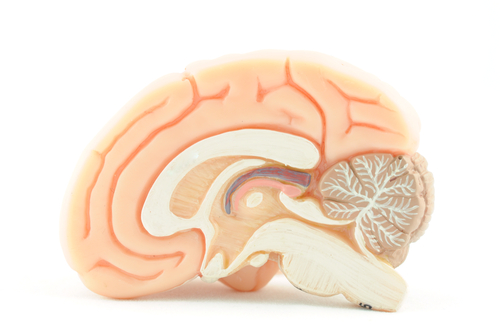Changes in Brain Structure, Blood Flow Linked to Varying Cognitive Deficits in ALS

Cognitive deficits associated with amyotrophic lateral sclerosis (ALS) are linked to a particular pattern of abnormal changes and altered blood flow in specific brain regions, a study shows.
The study titled “Brain Structural and Perfusion Signature of Amyotrophic Lateral Sclerosis With Varying Levels of Cognitive Deficit” was recently published in the journal Frontiers in Neurology.
ALS is mostly recognized by its motor symptoms, but many patients may also experience a range of cognitive and behavioral deficits, from mild ones to severe frontotemporal dementia (FTD).
Up to 40 percent of ALS patients are estimated to have fully developed FTD, whereas 30-60 percent of patients exhibit more subtle cognitive alterations involving executive domains, social cognition, language, memory, or psychiatric symptoms.
A better understanding of frontotemporal manifestations in ALS led to the creation of the “ALS frontotemporal spectrum disorders” concept, which has now been adopted to characterize the expanded syndrome.
To further understand the involvement of the frontotemporal brain in ALS, a team of Chinese researchers mapped the patterns of brain atrophy (degeneration and decline) and blood flow changes in ALS patients with different levels of cognitive deficits.
They used a noninvasive imaging method called arterial spin labeling (ASL) perfusion, which can measure the blood flow in the brain. In contrast with other techniques, it uses magnetically labeled blood plasma as a contrast agent instead of radioactively labeled agents. Also, it can be combined with structural magnetic resonance imaging (MRI), reducing overall costs.
A total of 55 patients and 20 healthy volunteers were enrolled in the study. All participants underwent neuropsychological assessments and ASL-MRI scans. The patients were classified based on their cognitive performance, which revealed that 27 patients had normal cognition, 17 showed cognitive impairment, and 11 patients had FTD.
ASL-MRI data showed that patients with or without mild cognitive impairments had similar gray matter structures and cerebral blood flow patterns as healthy controls.
In contrast, patients with ALS-FTD had more pronounced patterns of gray matter loss and reduced cerebral blood flow that mostly affected the left frontal and temporal lobe areas.
Alterations in blood flow patterns were found in the same brain areas where structural alterations occurred. But researchers also found isolated events of gray matter loss and reduced blood flow.
Whole-brain comparisons of ALS-FTD patients with other groups revealed that they had similar patterns of structural atrophy and blood flow changes. However, the size of the affected areas increased significantly according to cognitive status, with the most significant difference noted between ALS-FTD patients and healthy controls.
In general, the study showed that “the cognitive status of ALS patients is associated with different patterns of gray matter changes and cerebral perfusion [blood flow],” the researchers wrote.
Although the changes in blood flow that were identified largely overlapped with the structural changes, the areas of gray matter atrophy were greater than those affected by reduced blood flow. This may suggest that “brain tissue loss did not involve metabolically active cells or that the perfusion [blood supply] of the remaining cells was higher than expected,” they said.
Based on these findings, researchers believe that ASL-MRI can be a valuable tool to assess ALS-associated changes in the brain, as well as “to disclose the early signature of possible cognitive impairment.”






